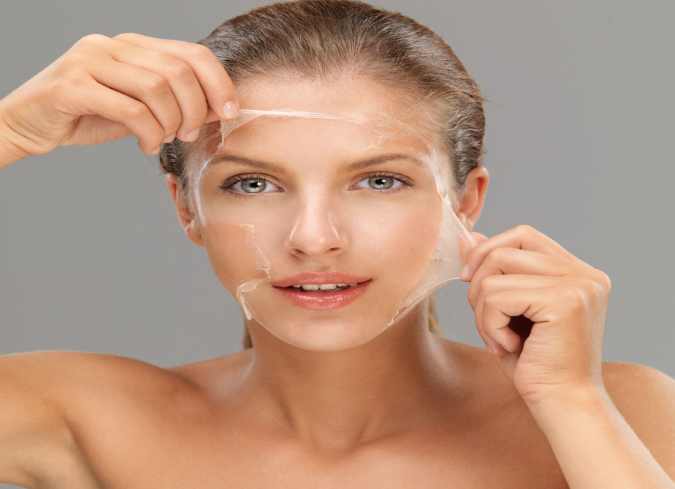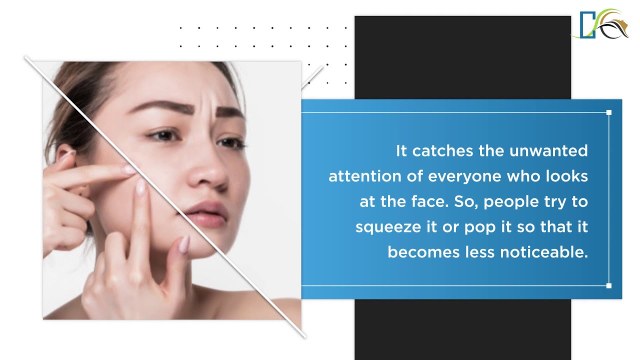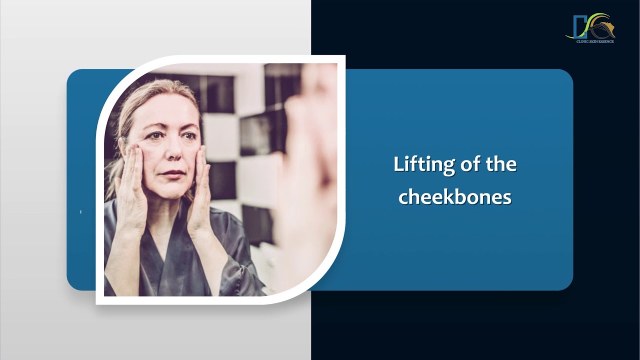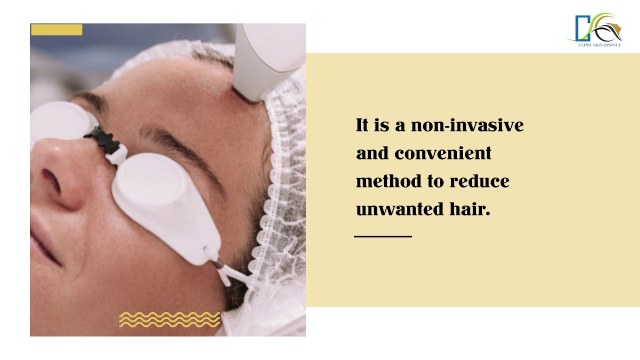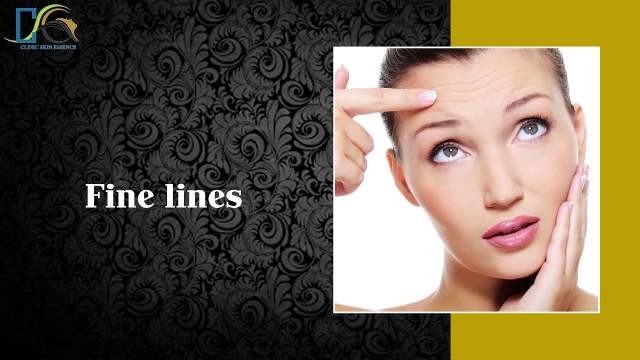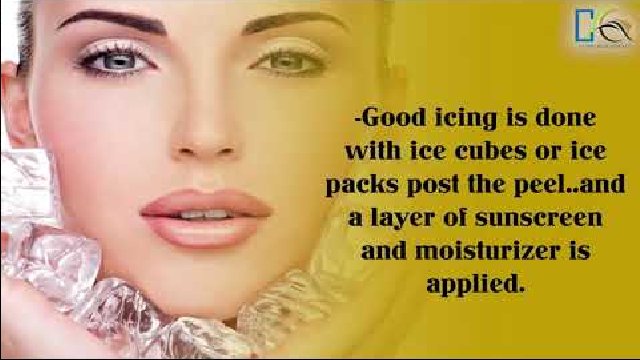Patients suffering from the following skin concerns are considered ideal candidates for chemical peels:
- Melasma
- Active acne
- Acne scars
- Hyperpigmentation
- Fine lines
- Sun-damaged skin
- Age or liver spots
- Rough skin and scaly patches
Who all cannot avail this treatment?
- It is not an ideal procedure for people with autoimmune disorders, eczema, and other allergic skin problems.
- Individuals taking medication for cold sores are not suggested to undergo this treatment.
- An individual with a history of keloid is not an ideal candidate for this treatment.
Procedure
Before starting the procedure face should be thoroughly cleaned and eyes are kept covered. Hair is also covered or protected.
1.Light Peel
A peel is applied by using a brush, gauze or cotton ball. Salicylic acid or glycolic acid is used for peeling. The patient may feel mild stinging during this procedure. To remove the peel a neutralizing solution is applied to the treated skin and then sunscreen is applied.
2.Medium Peel
A peel is applied by using cotton or gauze consisting of trichloroacetic acid. The patient may experience burning or stinging for 20 minutes. A cool compress is applied after some time to soothe the treated skin. The treatment makes the skin even-toned and brighter.
Regular sessions (few months apart) of chemical peels are recommended to achieve the best and long-lasting results.
Benefits of chemical peel treatment
- This treatment is effective and also improves the production of collagen
- It reduces pore size, oil production, and aging signs
- It is also effective for treating hyperpigmentation and acne
- Less recovery time
- Light chemical peel is effective for the improvement of skin tone, texture and impart a party like glow and shine to the skin.
- Medium peel is effective in making the skin smoother
Get the best chemical peel treatment in Patel Nagar, Delhi at affordable cost at Clinic Skin Essence.
Aftercare
Patient may experience mild redness,itching and dryness swelling, and tightening of the skin. After chemical peel treatment one should follow the instructions given by their doctor. Patients should apply moisturizers and other prescribed ointments to the skin to achieve the optimum results. A protective ointment like petroleum jelly is applied for soothing the skin. Painkillers and ice packs are provided to manage discomfort. The treated area will be healed within one to seven days. After the treatment avoid sun exposure and apply sunscreen. Apply sunscreen to protect the skin from sun damage.
General Post- procedure Instructions
- Don’t peel the skin off with fingers, and allow the dead skin to fall off naturally.
- Avoid strenuous activities for two to three days after the procedure.
- Do not apply hair removal creams or bleaching creams on the treated area.
- Do not rub or scratch the treated area.
- Moisturize the skin with prescribed moisturizers.
Side effects of Chemical Peels
- Burning
- Itching
- Redness
- Post-inflammatory hyperpigmentation
The side effects are temporary and will subside within a few days or a couple of weeks after the procedure.
Frequently Asked Questions
First & foremost the main concern must be taken into consideration for which a person wants to get a chemical peel treatment. This can be acne, pigmentation, wrinkles, etc. Secondly, skin type is determined because some peels work best for oily skin and some for dry skin. After a thorough examination of the skin, the dermatologist will recommend the best suited chemical peel keeping in mind the aforementioned factors.
The amount of peeling varies with each individual case, depending upon the skin condition and the type of peel. One must keep in mind that peeling of the skin is not a measure to determine the success of the procedure. Irrespective of the peeling, chemical peels help in skin rejuvenation since most types work on the deeper levels of the skin.
It varies according to the type of peel used but generally peeling starts within 72 hours of the procedure and continues for almost a week.
Again, this depends on the individual case and their concerns. Only a qualified dermatologist can guide about the required number of sessions and the interval needed between various sessions.
